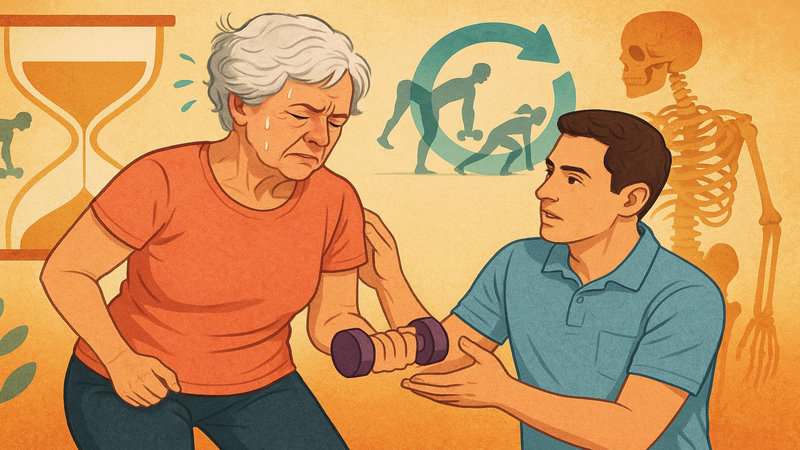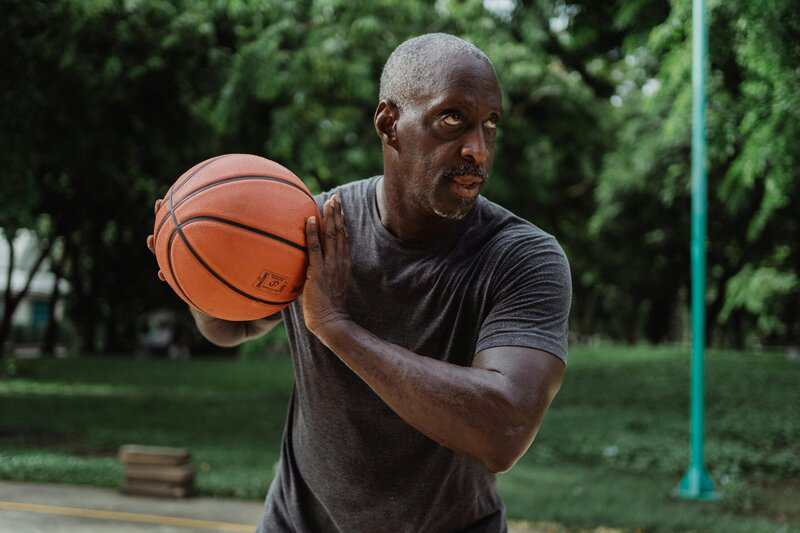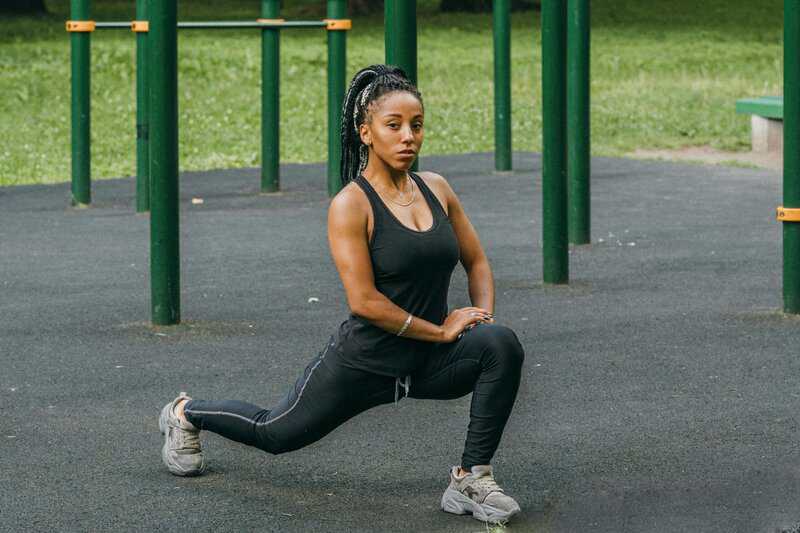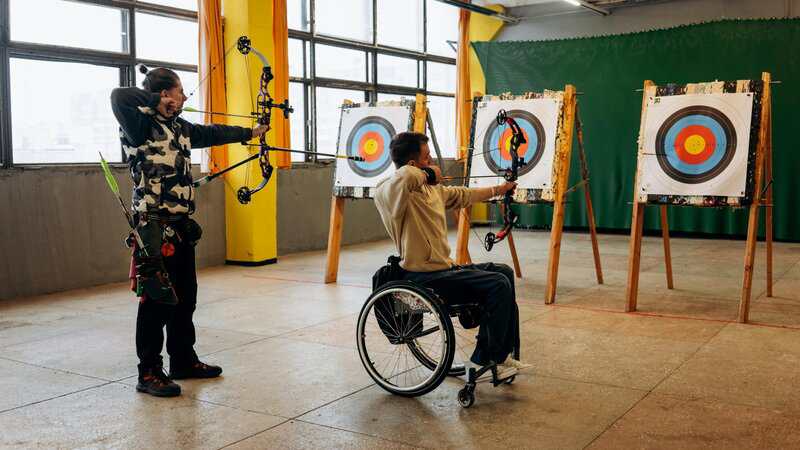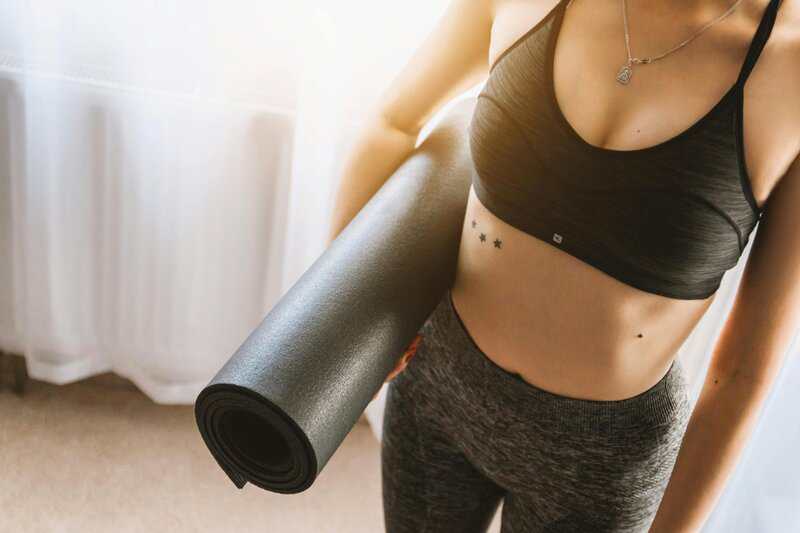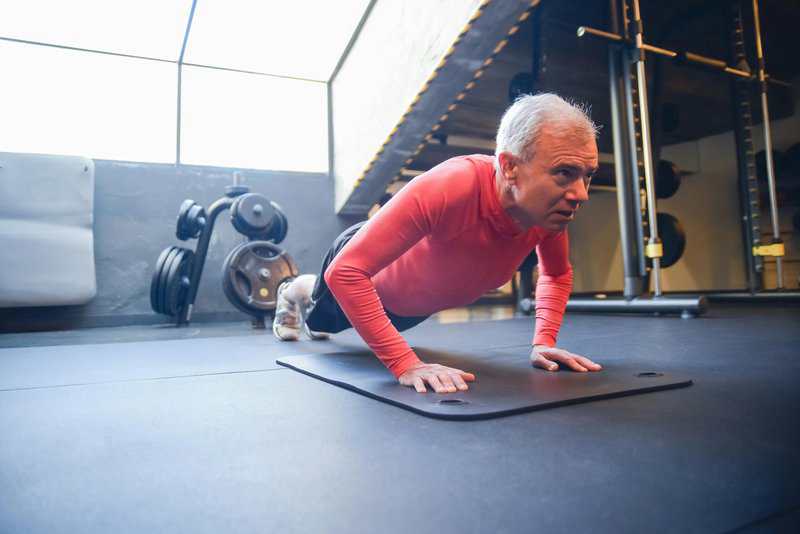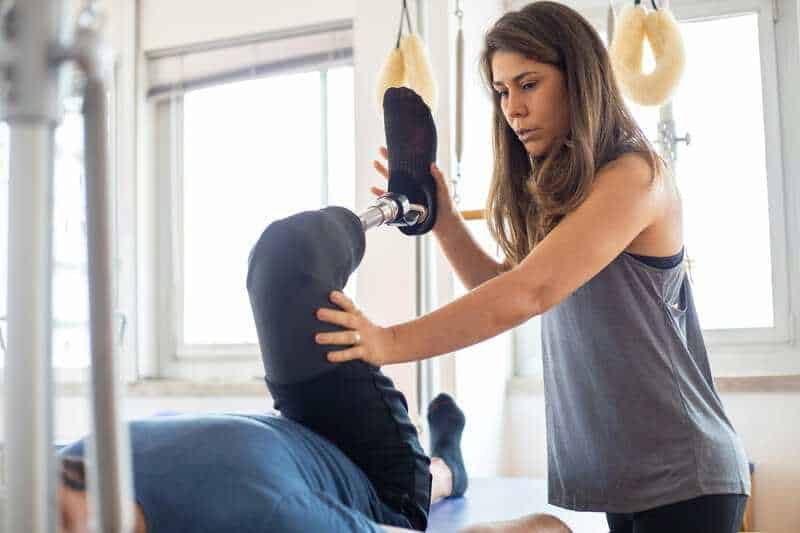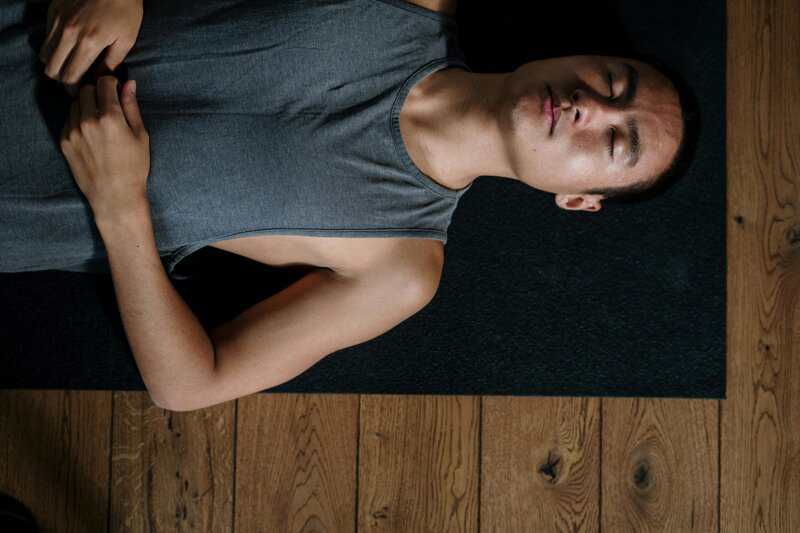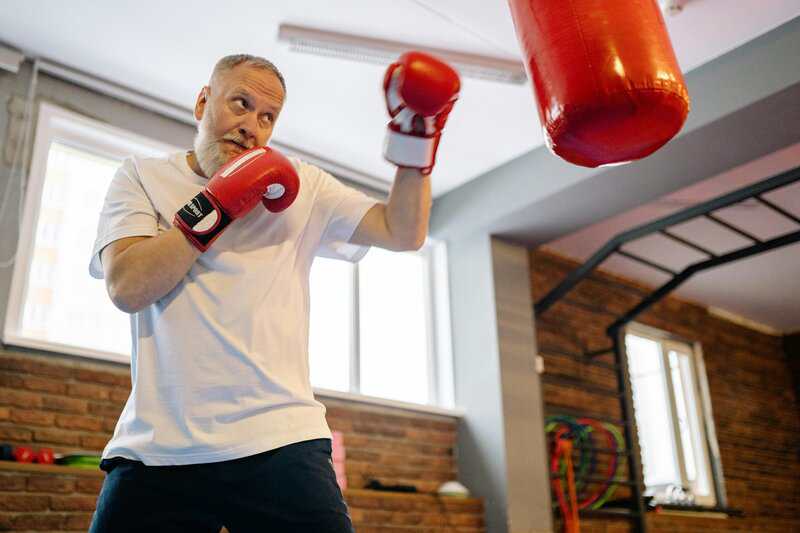Exercising regularly is one of the best ways to stay youthful, but common workout mistakes can actually have the opposite effect—speeding up the aging process. Poor form, overtraining, and skipping recovery don’t just hinder progress; they can cause joint damage, hormonal imbalances, and chronic fatigue. Physical therapists emphasize that proper technique and recovery strategies are critical for long-term vitality. Recent research highlights how these mistakes increase inflammation and accelerate wear-and-tear on the body. By learning what to avoid, you can protect your health and keep your body feeling younger for longer.

